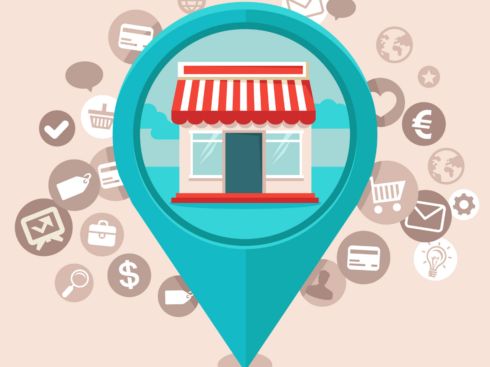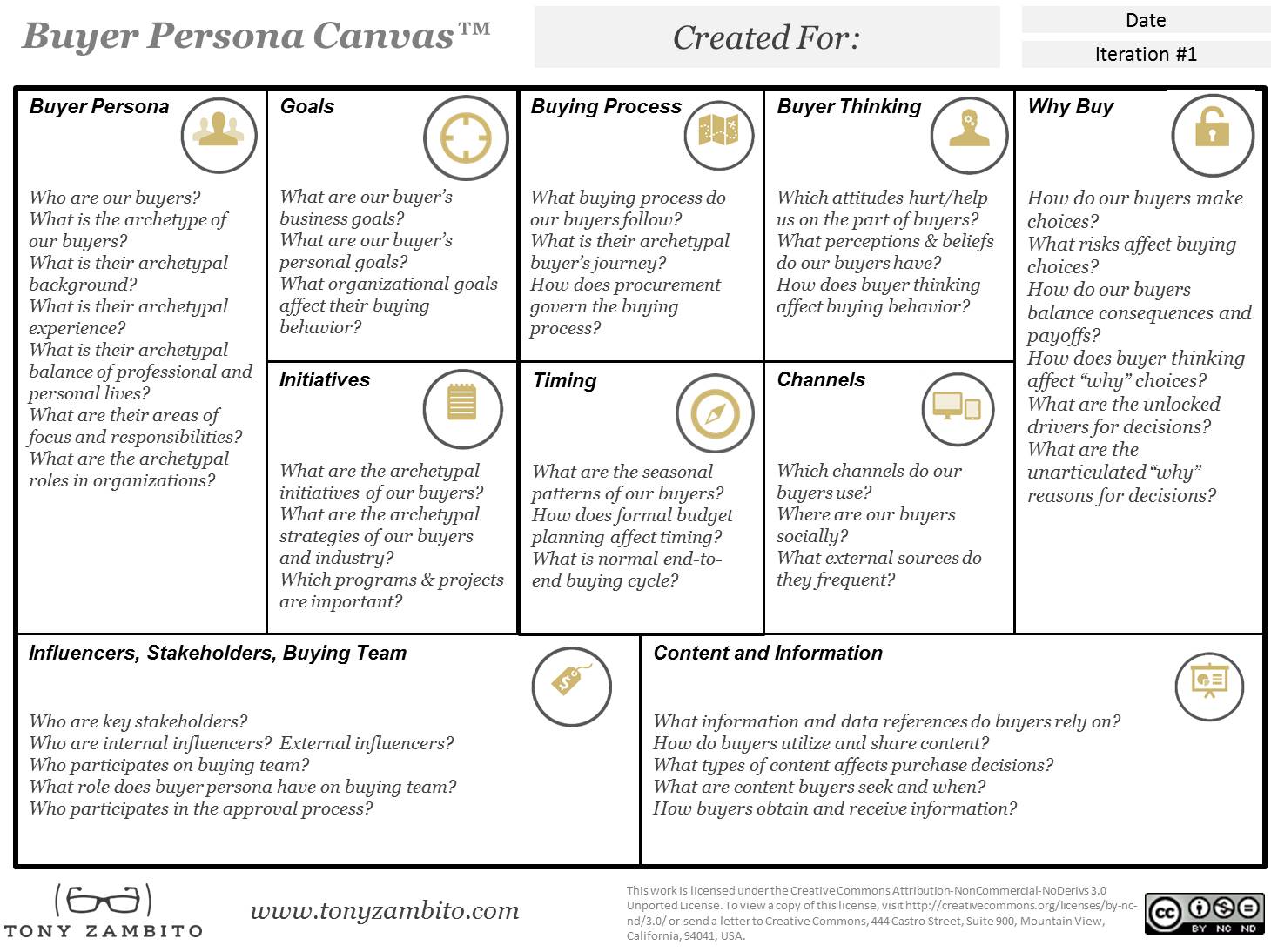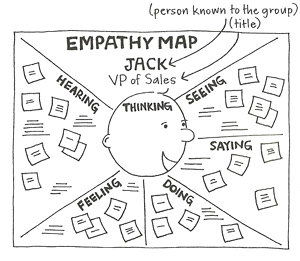One of the first things you will realize as an entrepreneur is that you will need to be absolutely clear about your customer’s problems and envision your product solving their most important pain point. This realization results in an appreciation for the “micro” problem for a “small set of customers” to begin with. That in essence is customer segmentation.The discipline of finding the factors that differentiate one set of your potential customers from another based on a set of characteristics.
First, segmentation is a discipline. The output of that discipline is
a) a way to make it easier to identify your customers via a known name or persona
b) a means to target them more effectively and
c) a language to explain their problems / pain points and
d) an ontology to express your solution to help them solve the problem.
Second, you will have to find factors that help you differentiate customers.
The idea behind the factors it to help you focus on those customers who have the highest pain, and hence the most propensity to buy, or the most desire to solve the pain and eliminate (during that period) than those that don’t have the need immediately.
Third is to identify and document the characteristics that help you find the patterns or a set of questions to help guide your segmentation.
The best way I have found you can document the characteristics is to write down a set of interview questions that can help you during a discussion with potential customers. Others have used the buyer persona canvas or a simple tool to document thinking, feeling, seeing into maps.
The empathy map is more relevant for design, but it can be made very relevant for you to leverage as a founder to understand the sales cycle, buying process, marketing criteria or service design.Lets take an example. Assume that you are building a CRM system for SMB, to help them track their sales and allow sales reps to directly provide a quote and contract using just their mobile phone.
Most entrepreneur’s state that all SMB are their customers. This is usually done to prove that the market is very large and hence deserves attention.
The goal of the segmentation exercise is to make the market extremely small (a set of customer you can get in front of, collect feedback and test your hypothesis in as short a time as possible).
In most B2B scenarios there are 3 major and many minor characteristics that define segments of customers.
- Size of the customer: Some people define size by revenues, others by # of employees, still others by # of sales people within the organization, still others by # of quotes the company delivers in a year, etc.
- Industry vertical: In industries where speed to quoting and contract delivery makes a difference in the sales process, your solution might be more valuable, (e.g. some insurance verticals) than others were the contract process involves multiple rounds of competitive bids.
- Title of the buyer: Titles (VP of Sales, Director of sales, Sales Manager, etc.) are usually an indicator of spending authority. In our case the VP of sales at a small company in the insurance brokerage is likely to have the ability to try and purchase the solution to help his sales professionals be more productive, than a Sales manager, who, is likely going to focus on trying the solution to offer feedback, but may not have the authority to buy. They will end up being a user, but not the economic buyer.
It used to be that location was the 4th characteristic, but with the Internet, is highly possible that your customers are in a different location (physically) than you are.
For B2C companies, most segmentation is done by demographics or psychographics. The 3 most frequently used characteristics are age, gender and income. There are many others as well, but these are the primary. I will share the B2C example in the next post.





























